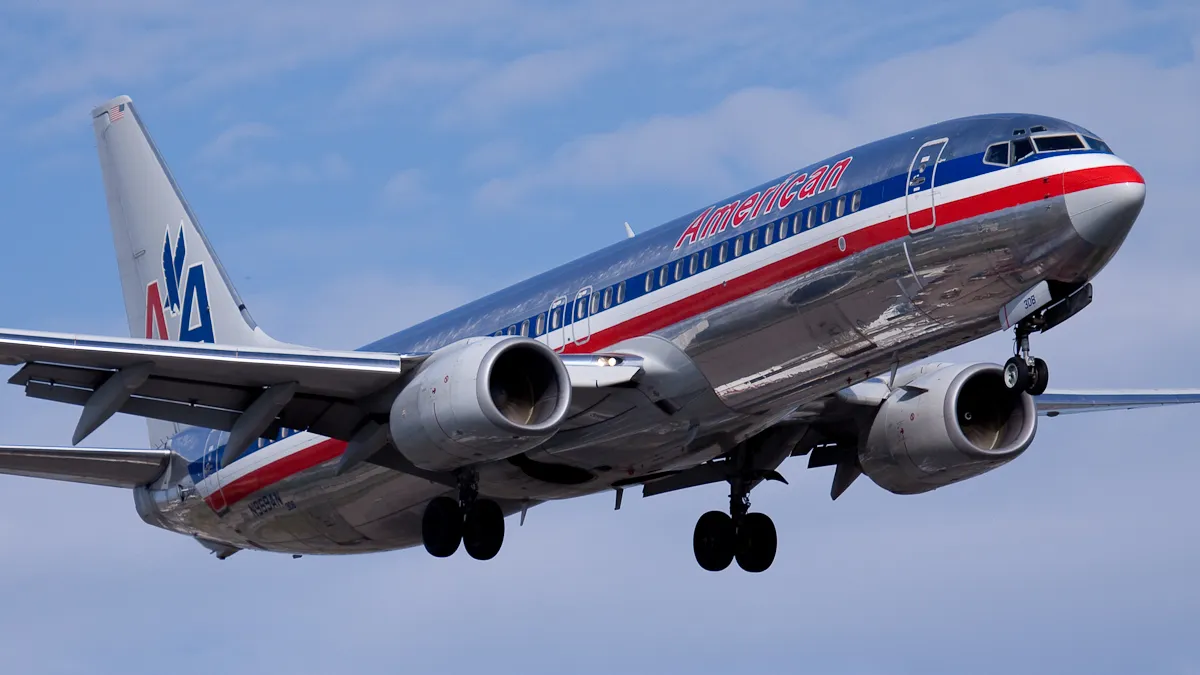In American Airlines' multiyear journey with DevOps, the primary goal was getting the company to deliver value faster, said Maya Leibman, EVP and CIO at American Airlines, speaking Tuesday at the DevOps Enterprise Summit.
Slow development times were perceived as a hurdle for improving company operations, and the IT organization struggled to get buy-in from business stakeholders.
"There were so many times when a business counterpart would bring something new to the table, a new idea, and they'd say 'This is what we want to do, but it's going to take IT like six months or a year to get it done,'" said Leibman. "Those experiences just killed me."
What followed was a transformation that revamped internal processes and infused automation and training into how the company operates.
Bogged down by legacy systems and lagging IT investments, airlines have long struggled to modernize. This challenge applies to the timely adoption of specific technologies, including cloud and data analytics, but it also highlights a lack of agility in adapting work methods.
Leibman picked apart the transformation process in three stages:
-
The first year focused on inputs, or infusing elements such as agile, cloud and a product-focused mentality into the organization. Objectives included, for example, to raise the level of agile training among workers.
-
The second year in the transformation looked at the outputs earned from those initiatives. Increasing development frequency and reaching specific degrees of maturity in terms of agile adoption were some of the outputs the company sought.
-
The third year was all about outcomes, or the effects that prior efforts could deliver to the organization, like improving operational efficiency or reducing costs.
In the road to adoption, early challenges included a lack of buy-in from the business side. Stakeholders initially pushed back against the concept of a minimum viable product (MVP).
"They said, 'Those initials are OK, but we want the M to stand for maximum,'" Leibman said.
Early on in the company's DevOps journey, Leibman noticed that cloud-native organizations, such as Spotify or Airbnb, earned praise at conferences as examples of DevOps adoption.
"It's easy for them, they were born in the cloud," she said.
But as DevOps adoption grew, seeing older and more established brands that "probably have a mainframe lying around or legacy architecture" made American Airlines realize it needed to "to stop making excuses and get started," said Leibman
DevOps adoption became one element in the company's broader transformation push — part of a strategy to unite the organization around common outcomes.
In the pandemic, a critical customer-facing project demanded agility from the IT organization: creating a touchless experience right as customers adjusted to the risks associated with travel. Touchless check-ins were already available through the mobile application but still required interacting with a kiosk for managing luggage.
"Leaders got together and they said very clearly, 'We want to encourage our customers to travel and we believe, to do that it's really important that we get to a completely touchless check-in experience, even when you have bags,'" said Ross Clanton, chief architect, managing director of technology transformation at American Airlines.
Rapid design sessions helped teams arrive quickly at a minimum viable product, which led to a 145% increase in boarding pass scans to start check-in sessions and a 57% increase of the prepaid bag functionality. Average session time at the touchless kiosks was reduced by 17 seconds.
"And we did that across 2,100 kiosks in 230 airports in six weeks," said Clanton. It was "truly an amazing accomplishment and really goes to show where these teams have matured to in this time period."














